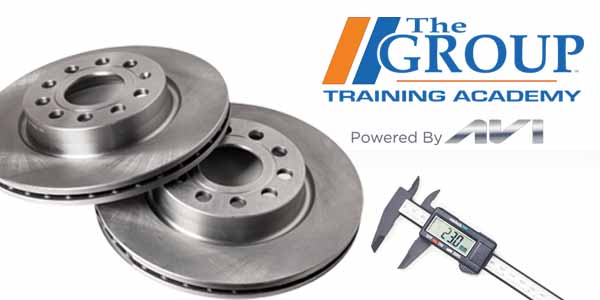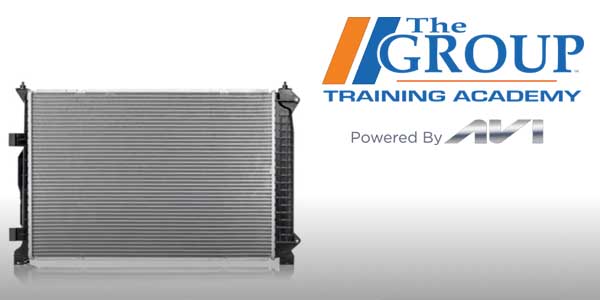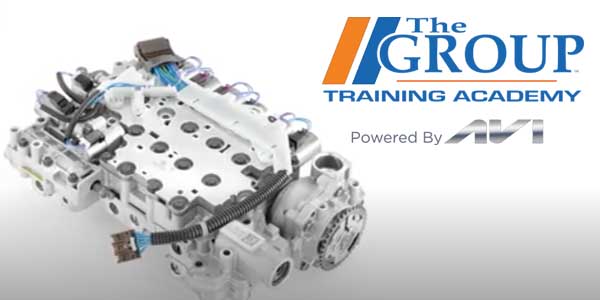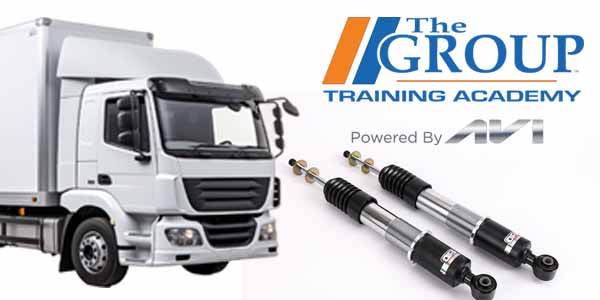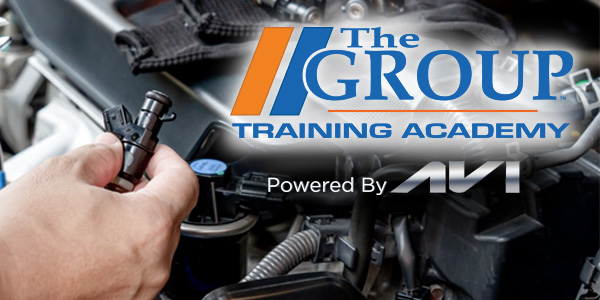Recently, a few editors here at Babcox Media were moving around a 2016 Kia Soul for a video shoot.
All of a sudden, the right rear wheel locked up. With several ASE-certified technicians on the editorial staff, there was no shortage of theories as to the source of the problem. Some people blamed the parking brake, ABS isolation solenoids and even the brake line developing an internal flap restriction. Only when the wheel was pulled off did they get a glimpse of the state of the brake pads and rotors.
After the caliper was pried off with a screwdriver, they saw the condition of the brake pads. The friction material was worn down to four millimeters and was getting close to the wear sensors on both sides. The inboard pad on the right side was missing half of the friction material.
Typically, the main culprit of friction-material separation is corrosion. If a replacement brake pad uses a low-quality backing plate that’s thinner than the original, it can bend and cause the friction material to separate from the backing plate.
This video is sponsored by The Pronto Network.

